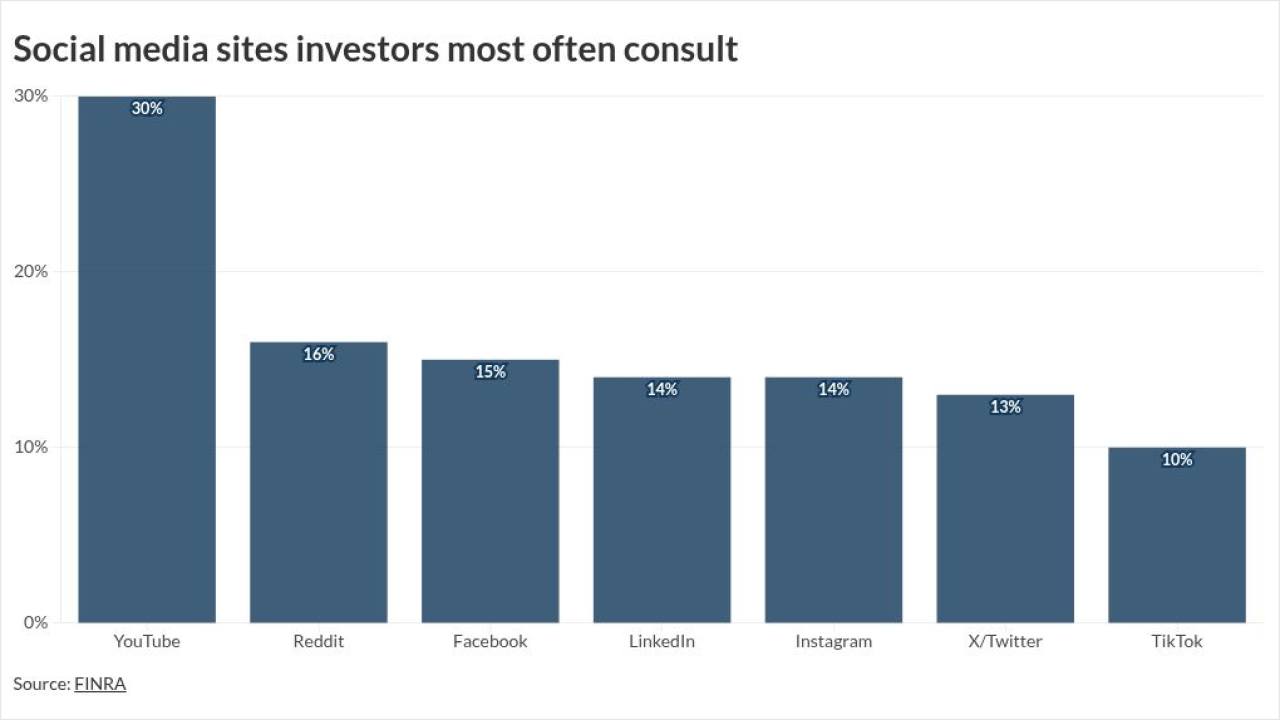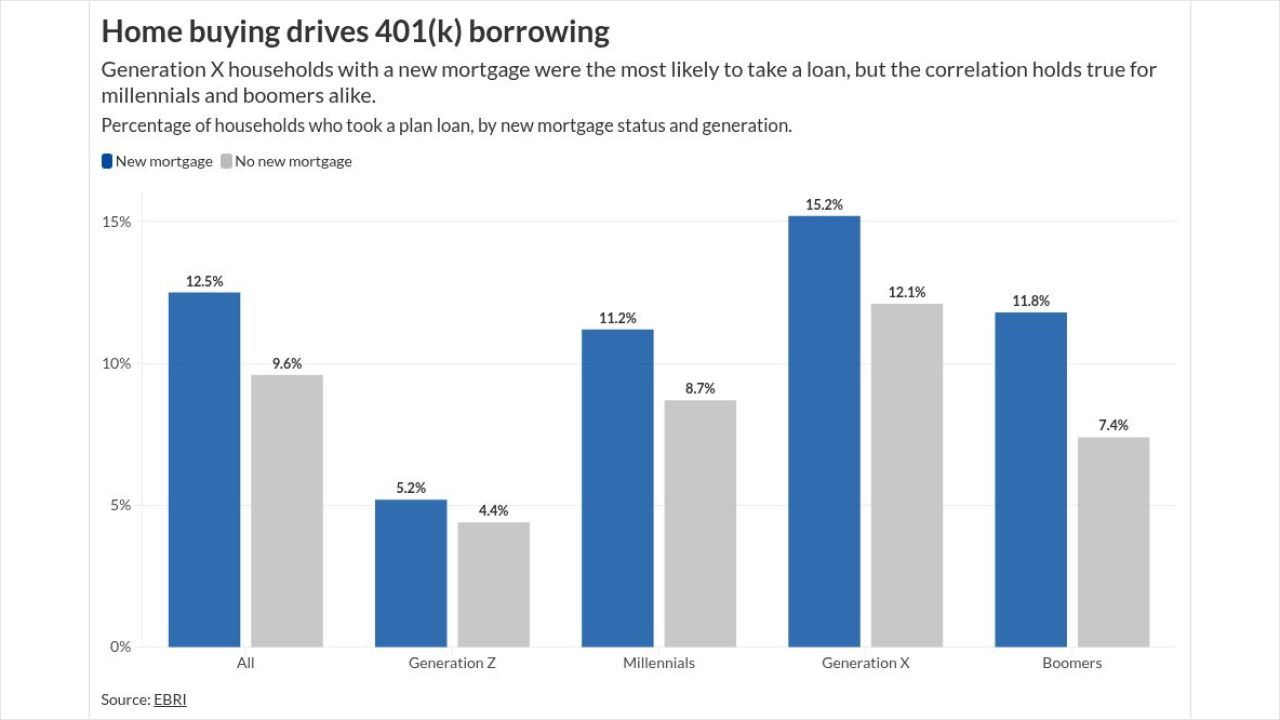As Goldman Sachs broadens its reach into the consumer market, the once proudly elitist Wall Street colossus must first address key critical issues.
For starters, it needs to assuage the fears of United Capital advisors now that the investment bank’s acquisition of the RIA is complete, decide how it should approach inorganic growth and determine how it should integrate with Ayco.
How it addresses these challenges will go a long way toward determining whether the bank’s $750 million acquisition of United was a worthwhile investment.
“One of the biggest challenges Goldman faces will be cultural integration,” says Shirl Penney, CEO of Dynasty Financial Partners. “Most of Goldman’s current advisors are employees, versus United’s advisors who are used to being more independent and having more autonomy.”
United Capital’s advisors have a preference for open architecture and an aversion to proprietary products. Those predilections need to be addressed for Goldman to win them over, industry executives say.

Goldman must develop an understanding “of the professional, non-sales culture of the many small RIAs that ultimately made up United Capital,” says Matt Cooper, president of Beacon Pointe Wealth Advisors.
If Goldman wants to take advantage of United’s approximately 600 advisors in nearly 100 offices, it also has to convince them to stay.
“They may be able to attract new wealth managers now that they are using the Goldman name, but they also have to be careful not to alienate their current advisors who have an independent mindset and may be wary of how Goldman distributes its own product,” says Alois Pirker, research director for Aite Group.
While United grew rapidly — and inorganically — through M&A, Goldman has yet to signal if it will place the same emphasis on acquisitions to achieve growth.
Will Goldman wade into the extremely competitive M&A arena?
Eric Lane, the Goldman partner heading the Consumer & Wealth Management division, was cryptic at Goldman’s first-ever investor day, saying only that it would come from “adding more teams” to the re-branded United business.
United, now renamed Goldman Sachs Personal Financial Management, facilitated its inorganic growth by being one the RIA industry’s most prolific aggregators for more than a decade, acquiring over 70 firms before being bought itself by Goldman last year.
Does Lane intend to wade into the extremely competitive M&A arena, where competition is fierce and deep-pocketed private equity firms have pushed valuations and prices to record levels?
One M&A executive familiar with United Capital who did not want to be identified believes Goldman will consolidate United’s far flung and often small offices into major metropolitan markets and add selective wealth management teams by tuck-ins.
But Glenn Shorr, an analyst who covers Goldman for Evercore ISI, disagrees.
Goldman is likely to look for a like-sized firm with over $20 billion that may come up for sale.
“I think there’s very little chance Goldman bought United to make it smaller,” Shorr said. “They want to get bigger. Not medium bigger. A lot, lot bigger.”
Targeting selective tuck-ins would most likely mean recruiting advisors from wirehouses, say industry executives. Expanding more broadly would mean targeting advisors at other RIAs, ratcheting up the pressure on firms to retain top talent and adding another deep-pocketed buyer to an already frothy market.
Indeed, in an interview with CNBC the same day the firm held its first ever public investors day presentation, Goldman CEO David Solomon appeared to leave the door open to another major acquisition.
“We are always looking for opportunities to accelerate some of the things we’re trying to, especially some of the new business fields,” Solomon said. “If we found another opportunity like [United Capital] that could accelerate our wealth management business, we’re always looking.”
Combining Ayco and United gives Goldman a much larger chunk of the value chain.
That sounds right to industry analyst Chip Roame, managing partner of Tiburon Strategic Advisors.
“You’re not going to see Goldman buy one $300 million RIA after another,” Roame says. “It’s not worthwhile for them. They’re likely to look for a like-sized firm with over $20 billion that may come up for sale. It would have to be something splashy.”
To succeed, Goldman must assure Ayco and United, now GSPFM, work smoothly together as the twin engines driving high-net-worth business within Goldman’s Consumer & Wealth Management division.
Ayco currently provides asset management and financial advice to senior level executives at approximately 435 corporations.
Servicing a wider range of employees who can use Goldman’s Marcus digital bank and be referred to the new GSPFM unit for planning and investment advice could more than triple Goldman’s target corporate market, according to Lane.
Noting that United has less than a 1% share of the U.S. wealth advisory market, Lane said integrating Ayco and United also gave Goldman an attractive HNW offering “with a lot of upside.”
The Ayco-United combination could indeed be powerful and put other advisory firms on notice, says Pirker.
United advisors will receive new investment opportunities and expertise.
“Goldman is betting that the advice framework can be scaled,” says Pirker. “Combining Ayco’s corporate market and United’s high-net-worth and mass affluent client base gives Goldman a much larger chunk of the value chain.”
Lane did not provide operational details, but a Goldman spokesperson said the firm planned to “plug in” United to Ayco and leverage the “logical adjacencies” of the two businesses.
United advisors will receive new investment opportunities and expertise, “the full and felt reality of the Goldman Sachs platform, access to Goldman resources and better product,” according to the Goldman spokesperson.
Integrating technology between Ayco and United, streamlining custody and brokerage for clients and distributing Goldman products should be relatively easy, Roame says.
What may be more problematic is deciding which business gets which customer.
“Where do you draw the line?” Roame asked. “If it’s just below investable assets of, say, $10 million, does the client go to the United advisor and not the Ayco advisor? Goldman has to avoid the banker mentality of not being very flexible, which hasn’t worked well in this business.”





